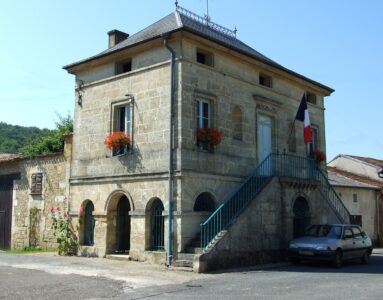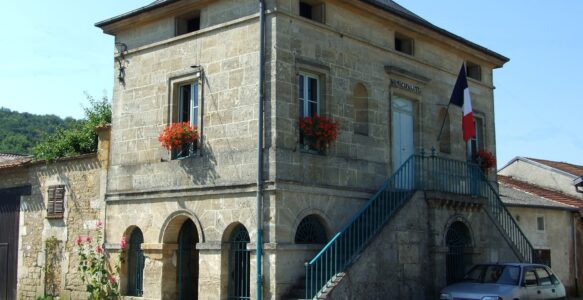The nature of the soil in Mont, which has favoured the cultivation of vines and nettles, agriculture or the production of fruit trees, has also provided the village with an abundance of water for all its activities. Mont-devant-Sassey, close to the Meuse, is situated on a very important aquifer and water has always been found in certain places. It creates wetlands (gravel pits and ponds in the valley) or gushes out in the form of resurgent springs (such as under the chapel of Notre Dame protectrice des petits enfants).

For centuries, the streets and squares of Mont-devant-Sassey have rustled night and day with the gurgling of fountains, wash-houses and troughs, sometimes real architectural elements constituting a particularly touching heritage because they have witnessed daily life for more than 1000 years.
Until the 18th and 19th centuries, terrible epidemics were often caused by poor quality stagnant water. In Mont-devant-Sassey, as elsewhere, the same basins were used indiscriminately to collect water for food, to wash clothes or to water animals.
After 1789, the State entrusted the municipalities with the distribution of water in order to guarantee good health conditions for all citizens. In the towns and villages, the best architects were called upon and scientific (hygiene) and technical (new collection processes, buildings) progress was made to provide better comfort for citizens and washerwomen.
At the end of the 18th century, attempts were made to give the washhouse a central position in the village or the urban fabric: it became a focal point, a meeting place where only the women met to do the washing… A place where all the gossip was exchanged and where conflicts were settled.
In the Meuse, they were often covered. The simplest ones are on the banks of the river, often protected by a roof and surrounded by walls made of wood or cob, stone or brick.
The washhouse in the Rue de la Rochelle is simply topped by a frame on pillars and a double-pitched tile roof to protect the washerwomen.
The town hall of Mont-devant-Sassey, rue d’Andenne, is classified as a Historic Monument. It is a very rare building dating from 1825. The architect Théodore Oudet built a town hall by reusing the existing washhouse. The (former) town hall is accessed by a double flight of stairs.
This town hall-washhouse was the centre of the political and social life of the village and symbolised the gendered division of roles: upstairs was the office of the men who discussed public affairs and downstairs was the work space of the women who dealt with private, domestic and even intimate matters among themselves and discussed the hygiene and cleanliness of the household. There must have been a great atmosphere around the basin!
The washerwomen and washerwomen went to the washhouse almost every day with their wheelbarrows which they left at the entrance and which testified to the activity of the place. During the meetings of the Municipal Council, the acoustics of the place meant that everyone could hear each other’s conversations!
Given its importance at the centre of the community, the building was particularly well cared for from an architectural point of view as well as in terms of the choice of materials, those usually reserved for noble buildings: local cut stone, slate roofing resting on an oak framework, niches and ironwork…
Several fountains in the washhouses or on street corners also supplied the village with water. Their main purpose was to facilitate the daily life of the inhabitants by bringing water to the immediate vicinity of the houses and stables (for the animals). But they were also an obligatory meeting place and an opportunity to provide the municipalities with works that contributed to their embellishment…
In Mont-devant-Sassey, the drinking fountains were very simple, with a single water inlet extended by a rectangular stone basin which served as an overflow trough, without any sculpted decoration.
In the 1970s, all the fountains in the village had been abandoned, filled in or sold so that the inhabitants could use the water supply… which had been so expensive to install! Much effort has been required over the last twenty years to put them back into service and to enhance them. Those that have dried up are now used as planters…

